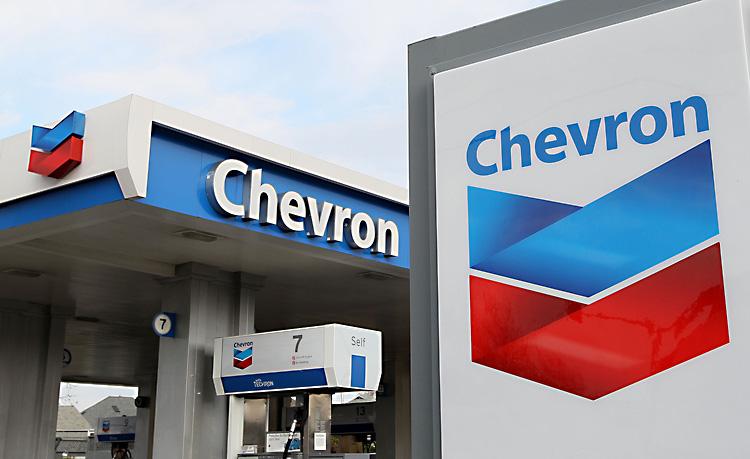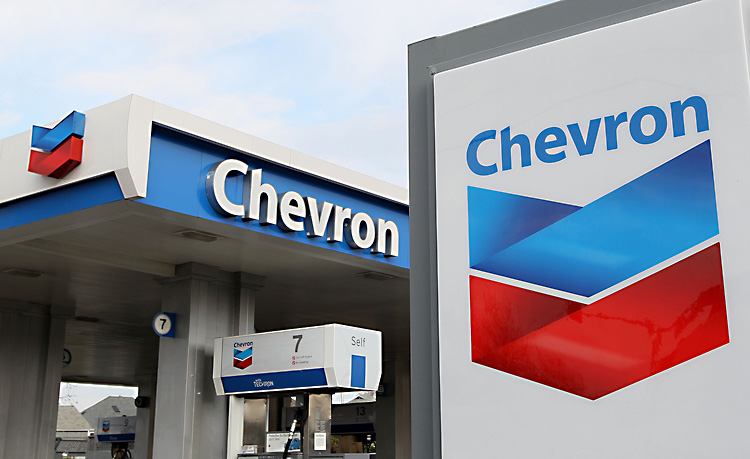The Chevron Corp. stock price has moved up slowly through the years, not spiking with an all-time high or dropping to an all-time low.
Investment analysts suggest that the Chevron stock price is fairly valued and should not move beyond a $124 stock price per share over the coming months. This would be approximately a 17 percent increase from the $108.41 per share stock value on Feb. 21. The stock value of $108.41 per share, having moved up 1.64 percent from the previous stock closing, is a good indication of the present value of the company and is exactly where the market has valued it.
The stock price “also suggests that the stock has limited upside and should be avoided at its current stock price,” suggests a Feb. 21 stock analysis on the Seeking Alpha website.
Shares of Chevron Face Pressure
Investment analysts suggest that the Chevron stock price is fairly valued and should not move beyond a $124 stock price per share over the coming months.

The Chevron logo is displayed at a Chevron gas station located in Alameda, Calif. in this file photo. Chevron produces 2.76 million barrels of oil a day and is considered the second largest oil company in the United States, according to Morningstar Inc. Justin Sullivan/Getty Images
|Updated:





